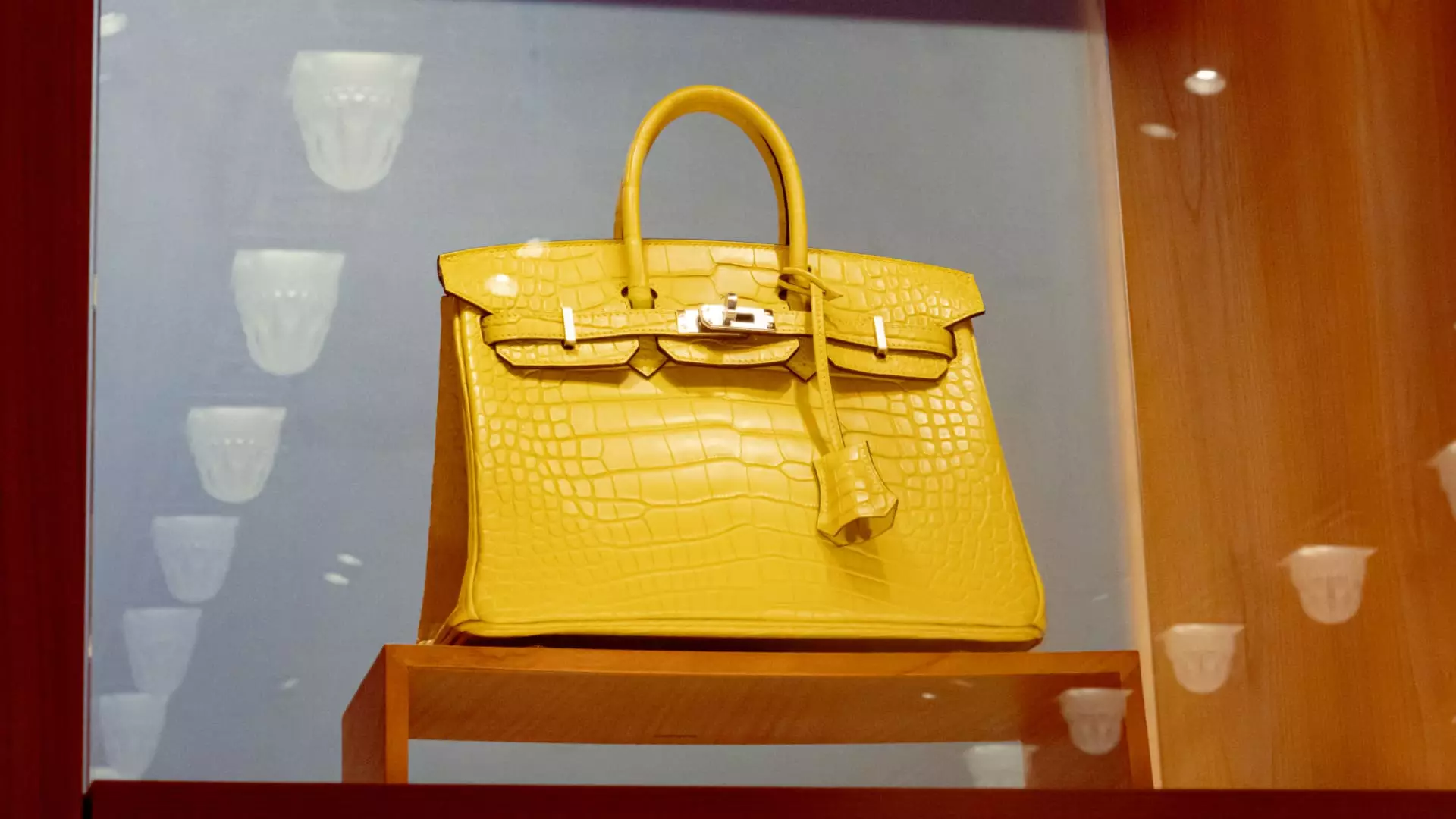Hermès, the renowned French luxury fashion house, has recently announced impressive fourth-quarter sales results that exceed expectations, indicating robust consumer demand for its high-end offerings. For the quarter ending December 31, the company recorded a remarkable 17.6% year-on-year increase in revenues, reaching €3.96 billion ($4.15 billion) at constant exchange rates. Analysts had anticipated lower figures, with projections set at €3.69 billion, making the actual performance a noteworthy achievement.
The overall yearly figures reflect a similarly positive trend, with Hermès achieving a 14.7% increase in sales, reaching €15.2 billion, also surpassing expectations of €14.94 billion. Such results paint a vivid picture of a brand that continues to thrive in a competitive landscape.
While many luxury brands have encountered difficulties, including the headwinds of rising costs and shifts in consumer preferences, Hermès has largely maintained its prestigious position. Recent developments in the luxury market have exposed vulnerabilities, yet Hermès has demonstrated an unwavering commitment to exclusivity and craftsmanship, factors that resonate deeply with its clientele. This loyalty has become a vital pillar supporting the company’s continued growth, even amidst unpredictable economic conditions.
Axel Dumas, the Executive Chairman, emphasized the importance of customer allegiance during a time when many brands are struggling. He acknowledged that while the luxury sector faces a looming uncertainty shaped by global economic and geopolitical factors in 2024, Hermès’s robust model and the agility of its team have propelled them through challenging times. This resilience is not merely rooted in sales figures but in the intrinsic value the brand represents to its consumers.
Looking ahead, Hermès remains optimistic. The company has hinted at further revenue expansion into 2025, although detailed forecasts have not been disclosed. This cautious yet confident outlook suggests that the brand is preparing for future opportunities while recognizing the potential challenges that might arise.
Dumas indicated that while the brand is experiencing success, he sees no immediate turning point in the wider luxury market. This cautious optimism reflects realistic expectations, acknowledging both the opportunities and challenges that lie ahead for luxury brands.
Geographically, Hermès’s strong sales growth was observed across various regions, yet it was especially notable in the Asia-Pacific excluding Japan. Here, the company recorded an impressive 9% year-on-year sales increase in the fourth quarter, highlighting the brand’s ability to penetrate markets that many competitors are struggling with, particularly in light of recent fluctuations in the Chinese luxury sector.
A significant driver of Hermès’s performance is its leather goods and saddlery division, responsible for nearly half of the brand’s revenue. This segment demonstrated remarkable growth, increasing by 21.7% in the fourth quarter. Such growth reflects not only the popularity of Hermès products, particularly iconic items like the Birkin handbag, but also the brand’s commitment to craftsmanship and exclusive offerings that attract discerning consumers.
Hermès stands as a beacon of resilience within the tumultuous luxury sector. With a strong performance report, loyal customer base, and a strategic outlook, it remains a compelling player in the world of high-end fashion.

